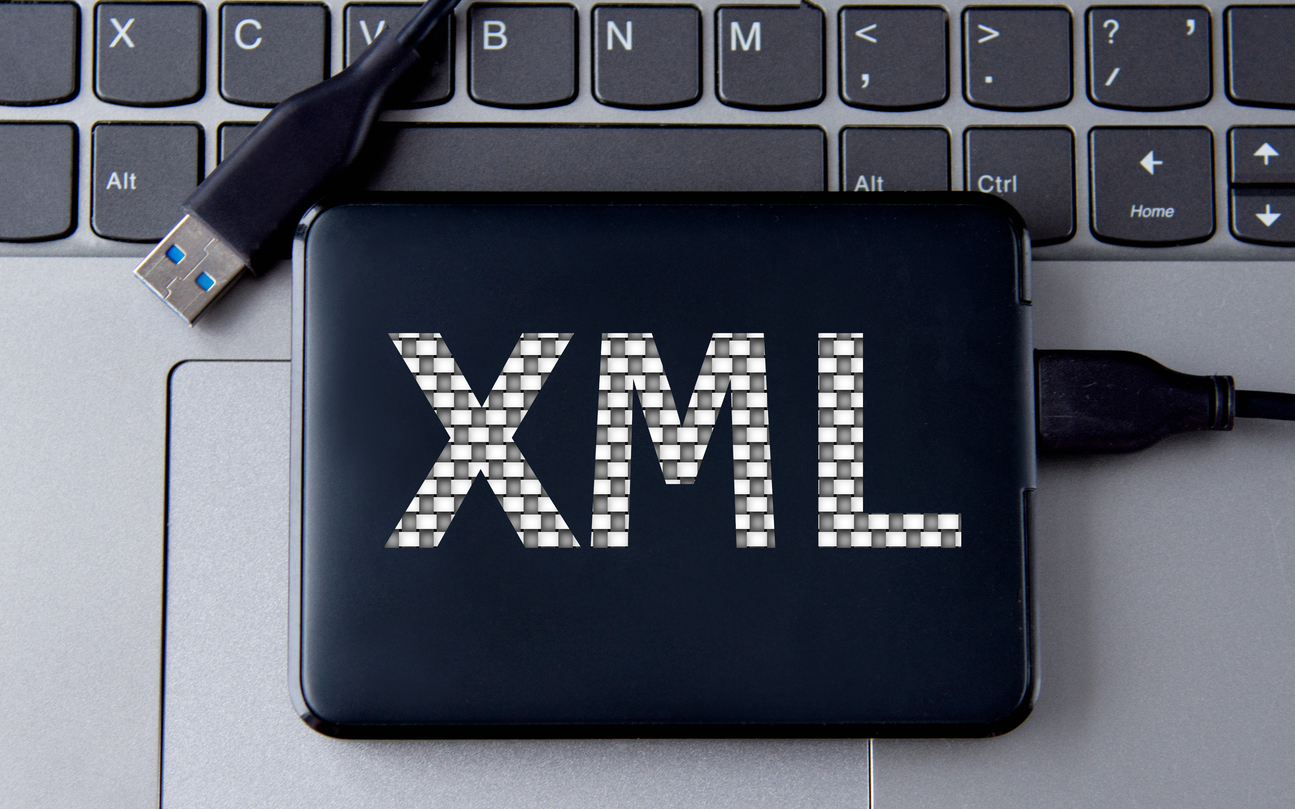What is xmlrpc.php in WordPress?
The xmlrpc.php file is a built-in WordPress feature that enables remote communication between your site and external applications. It was originally created for tools like the WordPress mobile app, remote publishing systems, and services that needed to interact with your site.
While useful in the early days of WordPress, xmlrpc.php has largely been replaced by the WordPress REST API. Today, it often creates more problems than it solves.
Why xmlrpc.php is a Security Risk
1. Brute Force Amplification
With xmlrpc.php, attackers can test hundreds of username and password combinations in a single request, making brute-force attacks far more efficient than using the standard login page.
2. DDoS and Pingback Abuse
Hackers frequently exploit xmlrpc.php to launch Distributed Denial of Service (DDoS) attacks. By using multiple WordPress sites, they can overwhelm a target server with requests.
3. User Enumeration & Data Exposure
Even without a successful login, xmlrpc.php may leak details about valid usernames or site configuration. This information gives attackers a foothold for future exploits.
4. Bypassing Login Protection
Security plugins that block repeated login attempts or enforce CAPTCHA typically protect wp-login.php, not xmlrpc.php. Attackers use this file as a backdoor to bypass safeguards.
How to Test if xmlrpc.php is Enabled on Your Site
Testing for xmlrpc.php is simple. Just type the following URL in your browser:
https://yourdomain.com/xmlrpc.php
If xmlrpc.php is enabled, you will usually see a message like:
XML-RPC server accepts POST requests only.
This confirms the file is active and responding. If it’s disabled, you may see a 403 Forbidden, 404 Not Found, or a blank page depending on how it was blocked. Security testing tools and plugins (such as Wordfence’s site scan) can also check for xmlrpc.php exposure automatically.
Should You Disable xmlrpc.php?
For most WordPress websites, yes. Unless you rely on a specific service that requires xmlrpc.php (like Jetpack or older mobile integrations), disabling it will not affect your site’s performance. Instead, it will significantly reduce your attack surface.
How to Disable xmlrpc.php
- Via .htaccess (Apache servers):
<Files xmlrpc.php> Order allow,deny Deny from all </Files> - Using a WordPress Security Plugin:
Tools like Wordfence, iThemes Security, or All-In-One WP Security let you block xmlrpc.php with a single toggle. - At the Server Level (Nginx / LiteSpeed):
Add a rule to block access to xmlrpc.php in your server configuration.
While xmlrpc.php was once an essential part of WordPress, today it’s more of a liability than a feature. Disabling it is one of the fastest, simplest ways to harden your WordPress website against brute force, DDoS, and other automated attacks.
For modern WordPress sites, the REST API provides a safer, more efficient alternative. Unless you depend on legacy integrations, you should disable xmlrpc.php and keep attackers from exploiting this outdated entry point.
Can we help you disable xmlroc.php?

